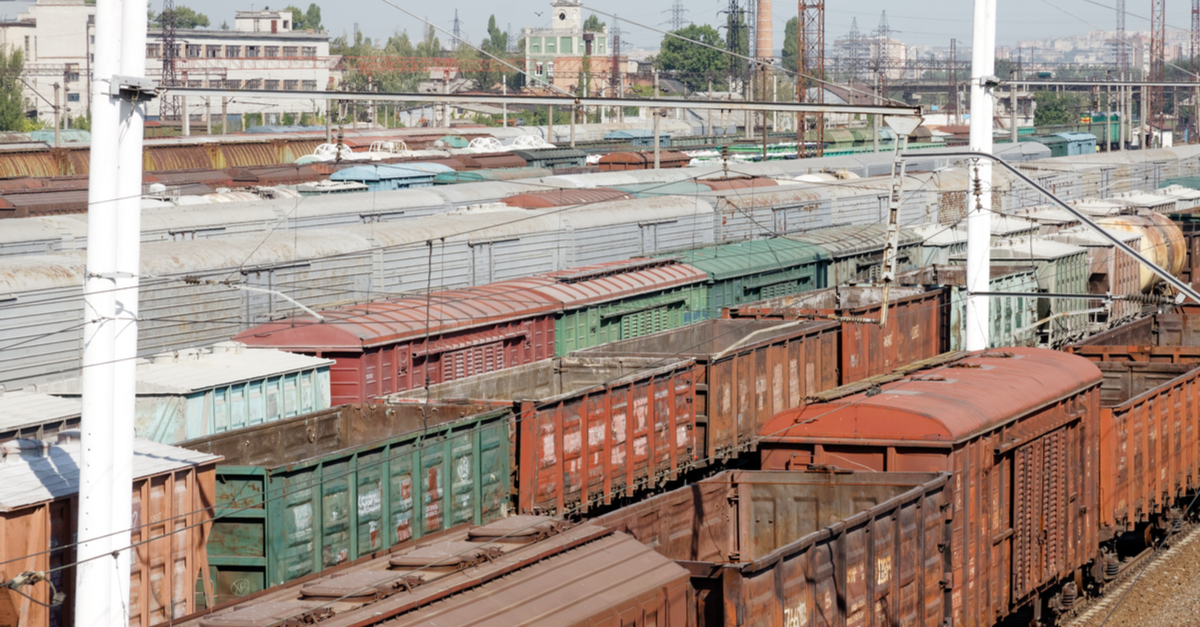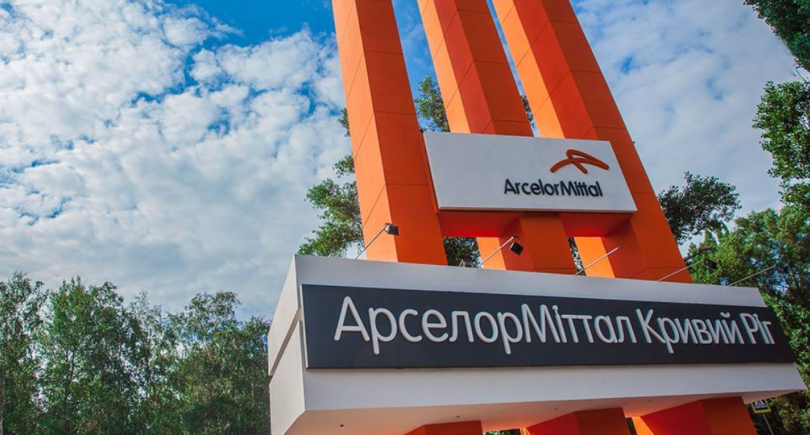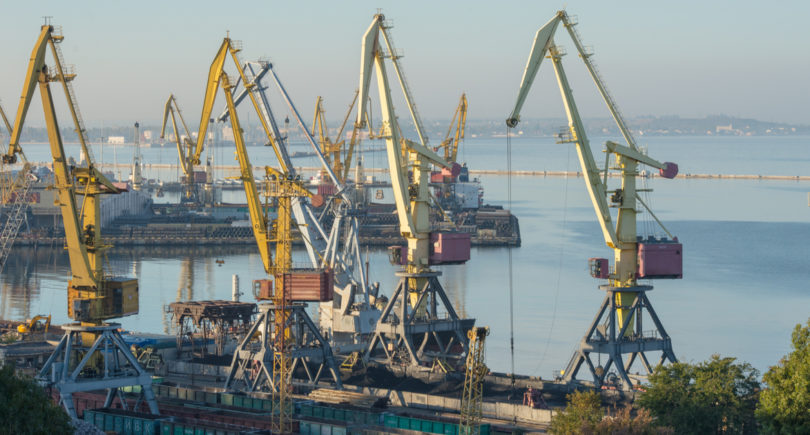
News Infrastructure Ukrzaliznytsia 1483 16 June 2023
Since the beginning of June, the number of freight railcars heading towards the EU has decreased by 1.75 thousand units
From the beginning of June 2023, queues of freight railcars at the western border crossings decreased by 16.4% or 1.76 thousand cars – to 9 thousand units. Rail.Insider reports about it with the reference to the data of Ukrainian Railways (UZ).
At the same time, an increase in the transfer of railcars through border crossings is recorded. Thus, in June, the indicator increased by 90 cars – up to 1.74 thousand units per day.
There are currently 1.09 thousand grain railcars in total storage. This is 336 units less than as of May 31. The largest number of such products goes to Poland via the Izov-Hrubeszów crossing – 243 railcars. Another 217 units are in line to the Romanian crossing Vadul-Siret – Dornesti.
At some junctions, there are currently no railcars with grain loads. Among them: Uzhhorod – Matevtsi (Slovakia), Sokyryani – Oknitsa and Serpneve-1 – Basarabiaska (both – Moldova).
As GMK Center reported earlier, in May 2023 lines of freight railcars at the western border crossings decreased by 11% or 1,357 thousand railcars compared to the indicator at the end of April – to 10,765 thousand units.
The backlog of railcars at border crossings decreased in May due to the drop in export shipments – by 23% m/m, to 3.8 million tons. In particular, the transportation of iron ore for export during the month fell by 17% m/m – to 1.38 million tons, and grain – by 46% m/m, to 1.14 million tons.
UZ in January-May 2023 processed 58 million tons of cargo, reducing the figure by 23.3% compared to the same period in 2022. In May, the railway operator transported 11.5 million tons of cargo, which is 19% more y/y and 3% less m/m.




